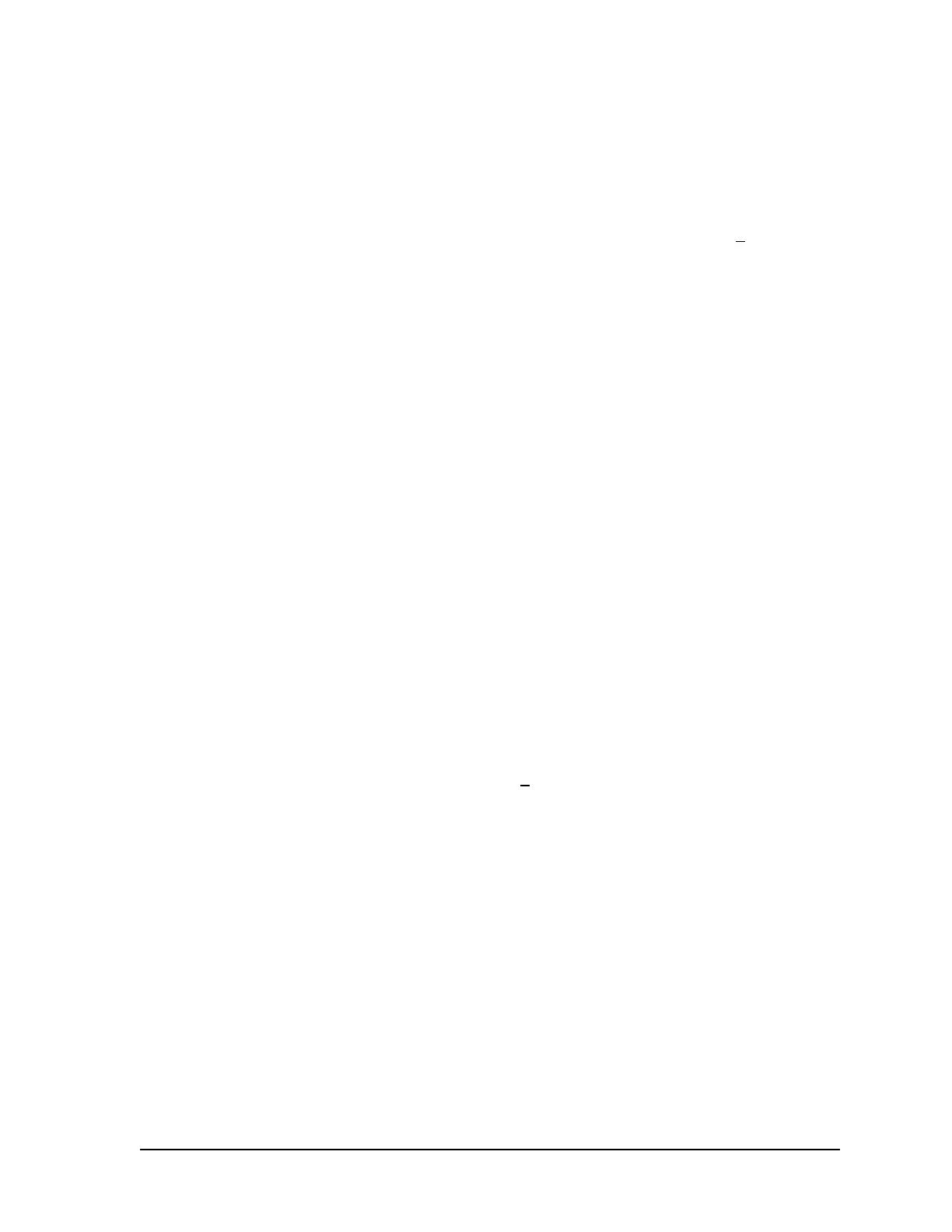34 Dover Fueling Solutions W2940305 Rev 07 8/2019
4.6 Meter Check (Calibration)
4.6.1 General
Select dispensers use the intelligent iMeter fuel meter (or Xflo fuel meter for E85
dispensers) to measure the fuel dispensed. For the sake of calibration, the 2 meters act
identically concerning calibration. For Super-high capacity models, both sides of the
meter are used to increase flow. The maximum meter calibration range is +3.85%.
The meter is equipped with an intelligent pulser with two sets of sensors; one set for each
meter. On the front of the pulser, there are two calibration doors; one for each meter in
the meter module. The door closest to the front of the dispenser controls calibration of the
front meter and the other door controls calibration of the rear meter (enhanced capacity
singles do not have a rear meter).
All meters are tested, calibrated, and sealed at the factory before a dispenser is shipped.
As part of the start-up procedure, the accuracy should be verified, and if re-calibration is
required, the calibration procedure should be followed. To thoroughly flush out all air and
completely fill the system prior to verification and calibration, dispense product from the
dispenser (and satellite if applicable) until a continuous and steady flow of product is
observed at each nozzle.
In applications involving the resale of fuel, for the initial use and after any adjustments to
the calibration, the meter will need to be sealed by the appropriate Weights & Measures
authority.
4.6.2 Accuracy Verification
Step 1 Dispense product into a certified 5 gallon or 20 liter calibration container to wet the
container and then empty it back into the tank, allowing it to drain for 10 seconds.
Step 2 Dispense product into the container until exactly 5 gallons (20 liters) are shown on
the dispenser display.
NOTE: When temperature compensation is activated (Canada), the dispenser should
be placed into Temp Comp Fueling Mode (reference Appendix G), so that the
accuracy can be verified using the gross (uncompensated) volume shown on
the display in this mode.
Step 3 Compare the reading on the container’s sight glass to the dispenser display. For
the “Acceptance” test, the container volume should be within a total of +/- 1 cu. in.
plus +/- 0.5 cu. in. for each gallon dispensed for a 5 or 10 gallon prover. For larger
provers, the acceptance tolerance is +0.3% (units rated up to 30 GPM).
NOTE: For U.S. weights & measures applications, acceptance tolerance of +/- 1 cu.
in. plus +/- 0.5 cu. in. for each gallon dispensed (into a 5 or 10 gallon prover)
and 0.3% into a larger prover, is required for newly placed in service devices
for 30 days. After 30 days, the maintenance tolerance is increased to +/- 1 cu.
in. plus +/- 1 cu. in. for each gallon dispensed (into a 5 or 10 gallon prover)
and 0.5% for larger provers. Consult Handbook 44 for full information.
NOTE: If dispensing DEF, properly dispose of the DEF from the can (see WARNINGS
in front of manual.)
Step 4 If the values are out of range, follow the calibration procedure in Section 4.7.3.
